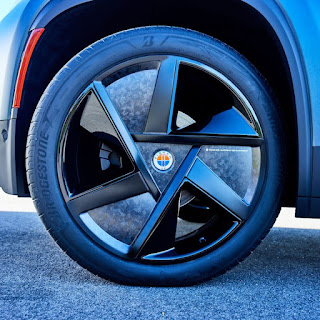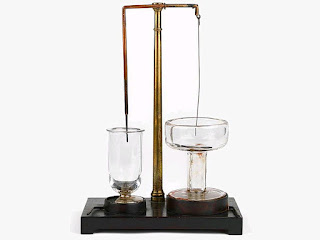UCalgary researchers turn Alberta oilsands bitumen into high-value carbon fibers

University spearheads three projects out of the 12 teams chosen for Phase II of the Carbon Fibre Challenge, with a new target to produce the carbon fibers from bitumen at a lab scale. Dr. Md Kibria, an assistant professor for the Department of Chemical and Petroleum Engineering at the Schulich School of Engineering for the University of Calgary (Calgary, Alberta, Canada), is leading one of three projects selected in the Carbon Fibre Challenge (CFGC) Phase II competition conducted by Alberta Innovates (Alberta, Canada) and the Clean Resource Innovation Network (CRIN, Canada). The three-phase competition is aimed at accelerating the development of carbon fiber derived from Alberta’s vast supply of oilsands bitumen, a black viscous mixture of hydrocarbons obtained naturally or as a residue from petroleum distillation. Currently, Kibria and his team have been working with asphaltenes, — molecular substances found in crude oil — spinning the gooey substance together into strands finer




